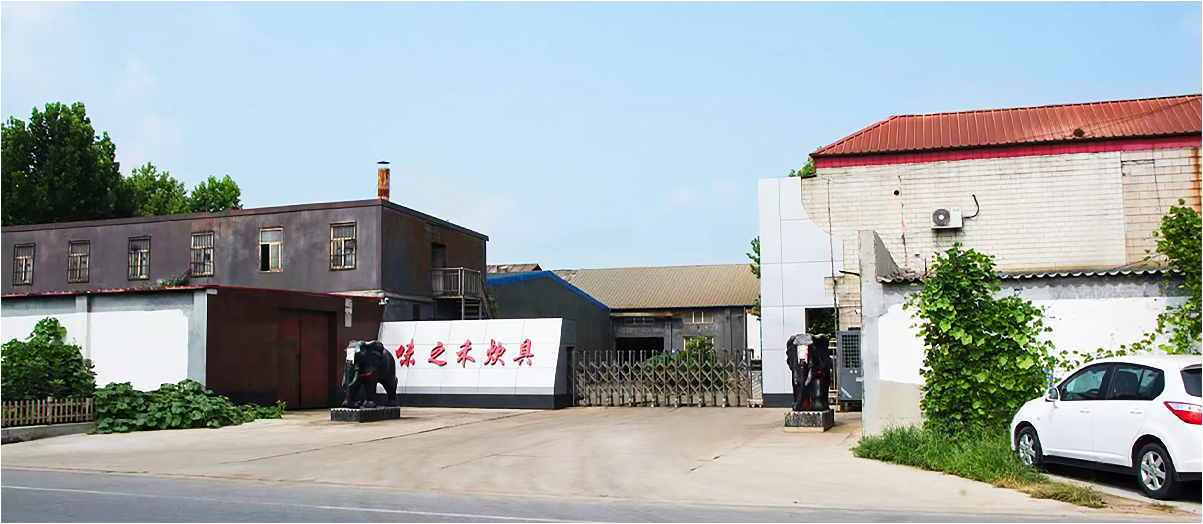
Understanding the Materials Used in Dutch Oven Construction and Design
What is a Dutch Oven Made Out Of?
A Dutch oven is a versatile and timeless cooking vessel that has been cherished by home cooks and professional chefs alike for centuries. Known for its remarkable ability to retain and distribute heat evenly, this heavy pot is often used for slow-cooking, braising, frying, baking, and much more. But what materials are typically used to make a Dutch oven? Let’s dive into the various types and compositions.
Cast Iron
The most traditional and widely recognized material for a Dutch oven is cast iron. This incredibly durable metal is made by melting iron and casting it into shapes using molds. Cast iron Dutch ovens are prized for their excellent heat retention and distribution, allowing for consistent cooking results. They can be used on the stovetop and in the oven, making them versatile for a variety of cooking methods.
Cast iron cookware often comes pre-seasoned, which creates a non-stick surface and prevents rusting. Seasoning involves coating the cast iron with a layer of oil and heating it to create a natural non-stick coating. This process not only enhances the flavor of foods but also contributes to the longevity of the cookware.
Moreover, some cast iron Dutch ovens are enamel-coated, which adds a colorful and easy-to-clean surface. Enamel-coated Dutch ovens do not require seasoning and can be maintained with straightforward cleaning methods, making them more accessible for cooks who prefer low-maintenance options.
Aluminum
Aluminum is another material used in the creation of Dutch ovens, often found in lighter-weight models. Aluminum Dutch ovens are usually anodized, a process that makes the surface more durable and resistant to corrosion. While they do not match the heat retention of cast iron, aluminum conducts heat well, making them suitable for various cooking scenarios.
These lightweight options are perfect for outdoor cooking or when portability is a concern. They also heat up quicker than cast iron, providing faster cooking times for certain dishes. However, they are generally less capable of withstanding high temperatures over prolonged periods, which limits their utility for some recipes.
what is a dutch oven made out of

Stainless Steel
Though less traditional, stainless steel Dutch ovens have gained popularity for their modern, sleek design and non-reactive nature. Stainless steel does not react with acidic foods, such as tomatoes or vinegar, which makes it a safe choice for various culinary applications.
These Dutch ovens typically feature a heavy-bottomed construction to enhance heat distribution. However, they may not retain heat as well as cast iron. Many stainless steel models come with additional layers of metals, such as aluminum, for improved performance.
Ceramic and Stoneware
Ceramic and stoneware Dutch ovens offer a different cooking experience, boasting excellent heat retention and even cooking. These types of Dutch ovens are often used for baking and roasting rather than stovetop cooking. However, their fragility may limit their use compared to cast iron options, especially over open flames or direct heat.
These materials can be beautiful and come in various designs, making them perfect for serving dishes. They are often dishwasher-safe and easy to clean but may not withstand the same high temperatures that cast iron does.
Conclusion
In summary, Dutch ovens can be made from various materials, each offering unique benefits and features. Cast iron remains the most traditional choice, providing unmatched heat retention and versatility. Aluminum and stainless steel are lightweight alternatives, while ceramic and stoneware provide aesthetically pleasing options for oven and serving dishes.
When selecting a Dutch oven, consider your cooking style, the types of dishes you prepare most often, and your maintenance preferences. With the right material, a Dutch oven can be a long-lasting and indispensable tool in any kitchen, perfect for everything from hearty stews to artisanal breads.
-
Season Cast Iron Perfectly with GPT-4 Turbo TipsNewsAug.01,2025
-
High Quality Cast Iron Cookware - Baixiang County Zhongda MachineryNewsAug.01,2025
-
Premium Cast Iron Pan: Durable & Perfect HeatNewsAug.01,2025
-
High Quality Kitchen Durable Black Round Cast Iron Cookware Pancake Crepe Pan-Baixiang County Zhongda Machinery Manufacturing Co., Ltd.NewsAug.01,2025
-
Cast Iron Cookware - Baixiang County Zhongda Machinery | Nonstick, Heat ResistanceNewsAug.01,2025
-
High Quality Kitchen Durable Black Round Cast Iron Cookware - Baixiang County Zhongda Machinery | Non-Stick, Heat Retention, DurableNewsJul.31,2025


